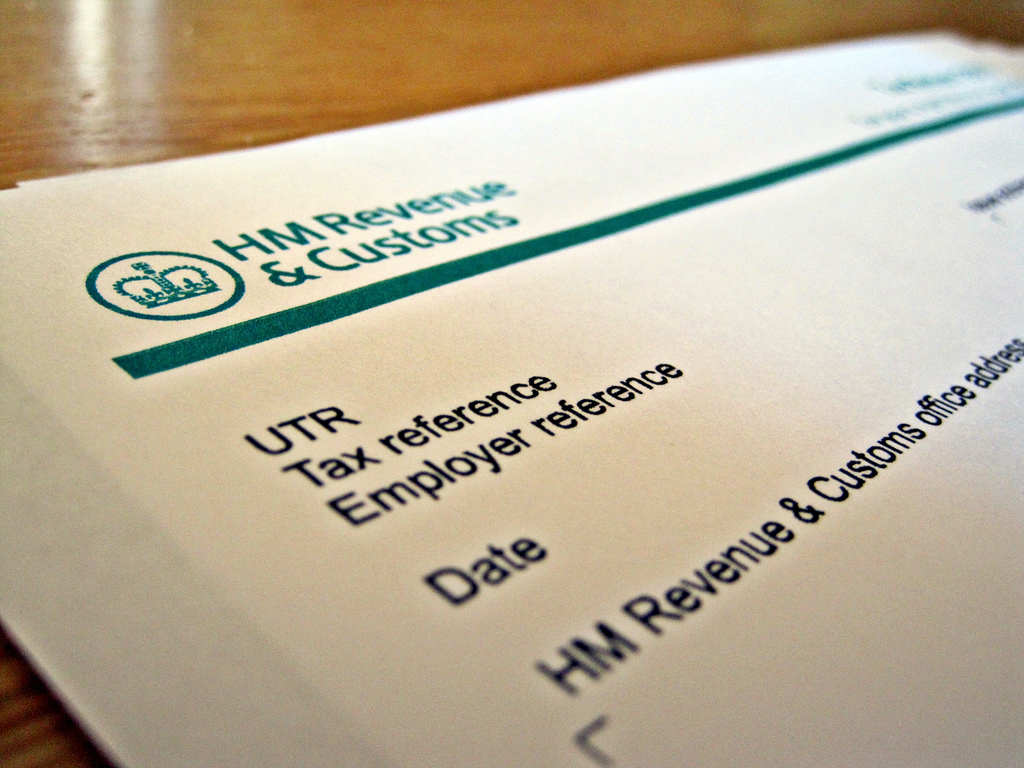
Unfortunately for the vast majority of us, when we earn money we have to pay tax. We then have a choice to either spend or invest the remainder. However, for those individuals who are resident in the UK but are considered non-domiciled this basic rule does not have to apply in certain circumstances. From 6 April 2012, the government introduced the very attractive Business Investment Relief ("BIR") - a kind of turbo charged Enterprise Investment Scheme ("EIS") for non-UK domiciliaries.
Put simply, if you are resident in the UK but are Non-UK domiciled (i.e. a "non-dom") and you want to bring your overseas money into the UK to make an investment and NOT pay tax in the process - then Business Investment Relief is your answer.
In effect - with top rate Income Tax rates in 2012/13 at 50% - the UK Government is effectively giving non-doms a subsidy of 50% on their investments. Before 6 April 2012, if one had brought £500,000 into the UK to make an investment (and is a 50% tax payer) then the amount they could have invested was circa £250,000. This would obviously discourage a non-dom from bringing money into the UK. Now if a non-dom brings £500,000 into the UK to invest - they can invest the full £500,000.
But wait - it gets better - you can also use the other reliefs when making an investment using offshore monies remitted to the UK - such as EIS or SEIS - which will also potentially save you up to 50% on your income tax bill (30% for EIS and 50% for SEIS).
 Quick Background:
Quick Background:
Business Investment Relief was introduced by the Finance Act 2012 and took effect from 6 April 2012. It applies to foreign income and gains for anyone that falls into the category of being a UK resident but is also a Non-UK domiciliary. In plain English, this means that you currently live in the UK but due to the foreign domicile of your father, or your mother in certain circumstances, you inherit their foreign domicile.
Of course, one of the key benefits of being a non-dom is that it allows you to avoid paying income or capital gains tax on investments which are kept overseas as long as you do not bring the income or the gains into the UK. In addition, you can also avoid inheritance tax on property held overseas.
But what if you do decide to bring it into the UK because you believe you have found a good investment opportunity? You obviously want to avoid paying UK tax on the income or gains you have made overseas if at all possible. This is exactly what Business Investment Relief does as it allows offshore resources which were previously excluded from the UK to be now invested in the UK tax free. In other words, the UK government has realised that by not taxing the foreign income and gains of non-doms - the result will hopefully be an influx of much needed capital into the UK to hopefully provide liquidity to British business.
When the investment is eventually sold, the gain will then become liable to UK Capital Gains Tax (i.e. a "potentially chargeable event" occurs) - but the investor has the opportunity to then take the original funds offshore again and avoid paying any UK tax within a 45 day time period (or reinvested in another qualifying investment).
A Ten Point Summary of Business Investment Relief:
Below are the 10 key points that you need to know about Business Investment Relief:
- It applies only to individuals who are considered to be UK Resident Non-UK domiciliary.
- It allows you to bring overseas incomes and gains into the UK tax free. Interestingly, it also allows you to borrow money overseas, use that money to make the UK investments and if this loan is repaid with the future income and/or gains taxable on the remittance basis, those repayments will also be considered as tax free by HMRC.
- Monies brought into the UK must be used to invest in qualifying business investments. But unlike the EIS or SEIS rules, the rules for what makes up a qualifying company for Business Investment Relief are very wide. Quoted companies are excluded, but virtually any other company (but not non-corporate entities such as partnerships and sole proprietorships) carrying out a business may qualify (such as trading companies and trading groups). Unlike EIS or SEIS, investment into property development or property with a rent is allowable.
- It can be invested in a company in which the investor is or associates are involved in.
- Must be invested in shares or loans and no related benefit can be received (such as property, goods or services, money or capital). The investor can extract value from the investment as long as it is on an arms length basis and is in the ordinary course of business - such as a salary. Rules relating to no benefit being received apply also to the individuals' family - such as spouse, children and grandchildren under 18.
- When the investment is sold, if there is a gain it will be subject to UK Capital Gains Tax - but the original funds can be taken back offshore again (within a 45 day or 90 day time period) in order to avoid being taxed (but HMRC are able to extend these time periods where required - such as "lock-in" periods on a flotation).
- Funds must be invested within 45 days of the money being brought into the UK for the purposes of the investment.
- Business Investment Relief must be claimed by the following 31st January following the tax year of remittance.
- There is no limit of Business Investment Relief that is available.
- Other reliefs are also available, such as:
- EIS Relief: income tax relief at 30% on up to £1m of investment and Capital Gains Tax relief on gain.
- SEIS Relief: income tax relief at 50% and Capital Gains Tax relief on gain.
- VCT Relief: income tax relief at 30% on up to £200,000 investment and Capital Gains Tax exemption.
- Entrepreneurs Relief: 10% Capital Gains Tax relief on up to £10m of gains.
- Business Property Relief: inheritance tax exemption after investment held for two years.
If any of the conditions for relief are broken, the amount brought into the UK will potentially be subject to UK tax, unless appropriate mitigation measures are taken.
Practical Example:
For example, if a UK resident but foreign domiciled individual wants to invest £500,000 in a UK company (using foreign income or gains), this can now been done with no exposure to tax. If structured correctly, after the 6 April 2012, the investment is effectively 50% cheaper (assuming they are a 50% tax payer) as there is now no exposure to UK taxation. In addition, other reliefs are available, for example if the investor is investing the £500,000 in an EIS company, an additional £150,000 income tax saving (30% of £500,000) would be available. Therefore, in this example, the combination of Business Investment Relief and Enterprise Investment Relief would give the investor a UK taxation saving of £400,000 (being £250,000 BIR, plus £150,000 EIS relief).
One relief to stress is the ability for inheritance tax to be avoided. If the investment is into an EIS or SEIS for example, after two years it will qualify for business property relief and therefore be inheritance free. This therefore enhances the inheritance tax position of a UK resident who is later deemed UK domiciled and therefore overseas assets are not excluded from their estate.
Advance Clearance:
HMRC will provide advanced clearance in relation to a proposed investment. HMRC have published a Business Investment Relief advance assurance checklist which can be accessed here. This list provides a short and easily completed checklist of required information to complete and return to HM Revenue and Customs.
Where Business Investment Relief is claimed - the individual should be careful to keep appropriate records to support the claim and evidence should be kept to show that payments or benefits received were on an arm's length basis.
The UK taxation of UK Resident Non-UK Domiciliaries is a complex area and it is recommended that you seek specialist advice. We would be happy to assist you in this regard.


